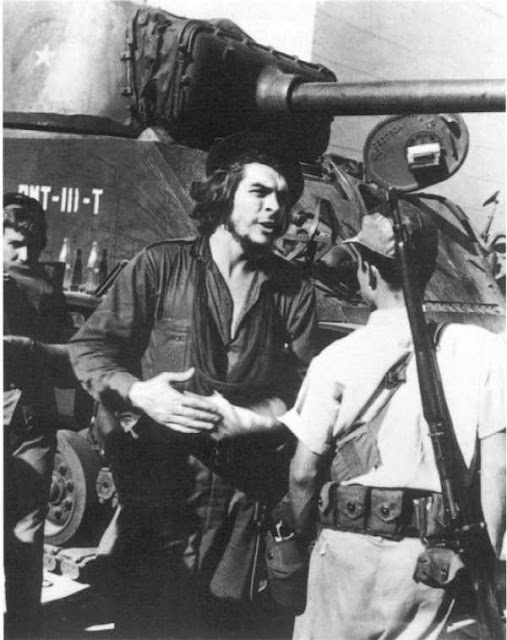Getting to know Cuba - Research Part I
Since the Neolithic era the island known as Cuba has actively affected the surrounding region. This holds true whether we are talking about immigration of the Arawak peoples onto the island from mainland South America, or Fidel Castro's revolution. The history of this island is so vast and rich that things were happening throughout all eras in (relatively) recent history.
So where to begin? What to focus on? Entire books have been written about just the effects of Columbus' visit in 1493 to Cuba. On the other side of that coin, there is so little information about the Guanahatabey peoples that historians confused them for a totally different people altogether. Certainly, there are quite a few centuries in Cuba's history which were exciting, but I'm going to have to narrow it down.
I am doing this research for a final project based around this particular island nation. While comprehensive, this project is not a doctorate thesis, and so I cannot be too expansive, and I also cannot hyper focus on one minor aspect of Cuba.
 Given that I need enough material for roughly ten pages, I am trending towards the timeframe which put Cuba on the global map: Castro's revolution. As such, I've been tasked with finding at least three sources for my research. I was instructed to use the Virtual Caribbean Library, but since the 'Resources' section consists of place-holder pseudo-Latin I'm on my own. I'm a big fan of the paper page, and so my first source is an actual book - Revolutionary Cuba: A History.
Given that I need enough material for roughly ten pages, I am trending towards the timeframe which put Cuba on the global map: Castro's revolution. As such, I've been tasked with finding at least three sources for my research. I was instructed to use the Virtual Caribbean Library, but since the 'Resources' section consists of place-holder pseudo-Latin I'm on my own. I'm a big fan of the paper page, and so my first source is an actual book - Revolutionary Cuba: A History. |
| Fidel Castro in Pic's room at the Habana Libre Hotel, answering questions and writing to the ambassador to France |
There we go, three (of probably many many more) sources I will use for this project. While I wait for the Amazon delivery of my book, I can sit back, sip a Cuba Libre and begin a first draft of interview questions for my primary sources.


Hello Matthew, I would like to start off by mentioning how much I admire your writing style and the dedication I've noticed throughout your blogs. It is apparent that you provide lots of detail for your research and even format it very neatly. Your content is very informative and I enjoyed reading it. Overall, I believe that you're very creative writer!
ReplyDelete